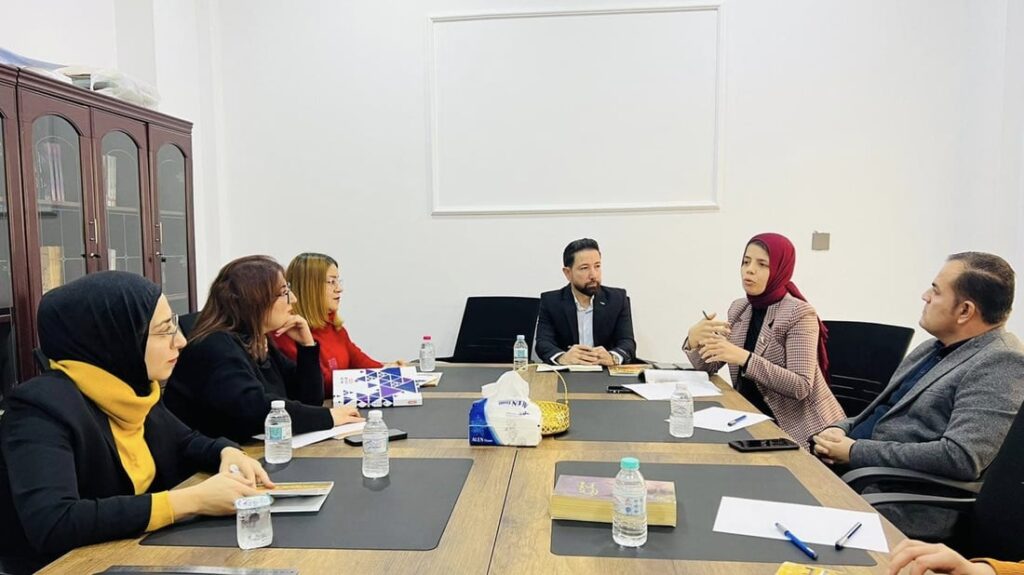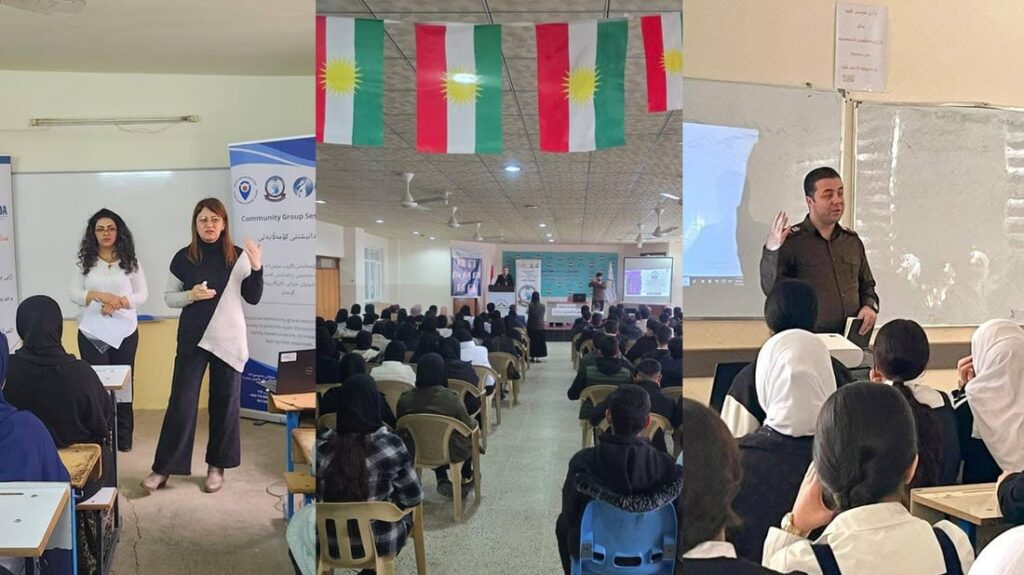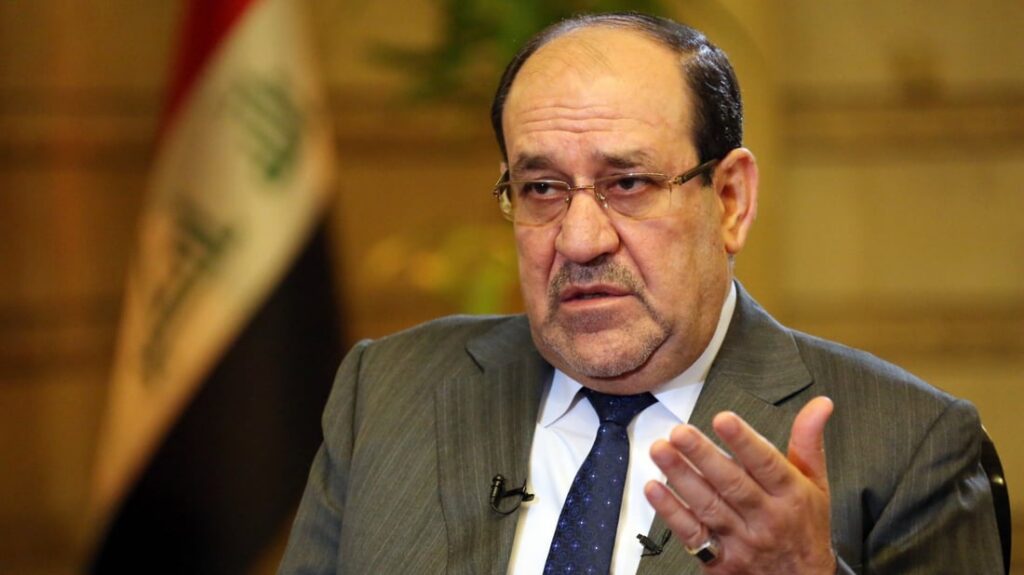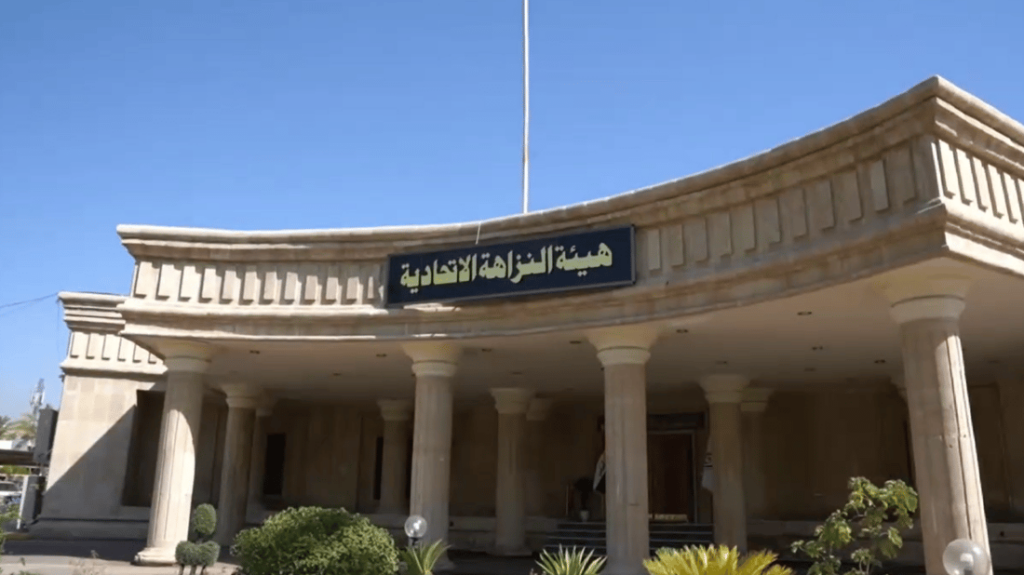World: The empowerment currency: Rethinking our cash approach in humanitarian crises
Why cash is worth so much
World Vision has been using cash and voucher-based programming in emergency and recovery contexts for more than 15 years. The first large-scale use of cash and voucher-based programming took place in the mid-1990s and soon began disrupting the traditional mode of humanitarian in-kind assistance all over the world. It has grown at a rapid rate – 40 per cent of global humanitarian aid (US$4.7 billion) was distributed through cash and voucher-based programming in 2018 – and is no longer viewed as an innovation, but a must-have in any humanitarian toolkit.
Cash and voucher-based programming is the provision of cash or vouchers directly to individuals, households or communities to meet their basic needs.
Cash and voucher-based programming is an enabler of child well-being. It provides immediate survival assistance and helps children and their caregivers to recover and thrive by addressing the underlying issues of poverty. Cash and voucher-based programming promotes dignity for people affected by emergencies, providing them with choice, control and flexibility. It helps build resilience, by driving the recovery of local markets. It connects beneficiaries, as consumers, with local suppliers and service providers, building the local economy where supply is adequate. When done right and done well, cash and voucher-based programming puts people at the centre of any humanitarian response; disaster management facilitating recovery into development programming.
Cash and voucher-based programming can:
- provide building blocks for people to improve their livelihoods, which in turn will help them access better financial products and promote self-reliance and economic security in the future
- enable child-sensitive social protection – this includes all family or child-focused social protection measures which address children’s needs or rights and improve child well-being, as well as assuring that all social protection measures maximise impacts and minimise harm on girls and boys
- provide choices for refugees and other particularly vulnerable groups, about the needs they choose as the most important to address
- help ensure people are not forced to sell their productive assets in the early stages of an emergency response, meaning they will have greater resilience in the future.





